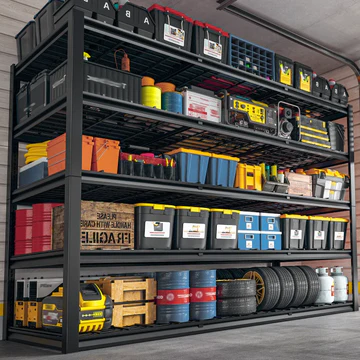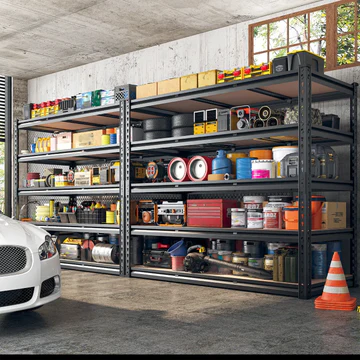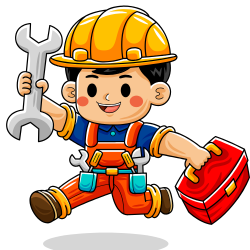
Weight capacity ratings might sound like some technical mumbo jumbo, but getting a grip on them is super useful. At its core, a weight capacity rating tells you the max load something can handle without wigging out. It’s crucial, whether you’re checking if your tiny new apartment bookshelf can hold your massive book collection or making sure a crane can lift heavy construction materials.
When we talk about these ratings, it’s not a one-size-fits-all deal. Some are designed for dynamic loads—think of items under constant movement, like a swing—while others are for static loads, like your trusty old couch that’s just sitting there. Understanding the difference helps you use things the way they’re meant to be used.
Then there are all these terms—like ‘rated load’, ‘SWL’ (Safe Working Load), and ‘WLL’ (Working Load Limit)—that can feel like alphabet soup at first. But breaking it down, these terms basically help set boundaries. Knowing them can make a difference between using stuff safely or ending up in a tricky situation.
Weight standards don’t just pop out of thin air. Industry experts from organizations like ANSI or ISO set them, so you know they’re solid. These standards are there to make sure everything plays by the rules, keeping you and your stuff safe and sound.
The kicker? Different countries might have their own takes on weight capacity ratings. This means what flies in one place might not in another, which could trip you up if you’re not paying attention. Whether you’re shopping online from overseas vendors or working in international settings, keeping these differences in mind is a smart move.
Practical Applications and Safety Implications of Weight Ratings

Weight capacity ratings aren’t just numbers on a page; they’re practical guides sneaking into almost everything in your life. Your ride in the elevator each morning? You bet it follows a specific weight rating to keep things running smoothly. Even everyday items, like that handy ladder in your garage, rely on these ratings to keep you safe when you climb up to reach the top shelf.
Ignoring the weight capacity—well, that’s playing with fire. Overloading can lead to some gnarly accidents or equipment failures that you don’t want to be part of. It emphasizes why these ratings aren’t just a suggestion—they’re a safety net. By sticking within these boundaries, you’re not just protecting yourself but also saving on potential repair bills and avoiding a trip to the ER.
Then there’s technology stepping in to keep everyone honest. Modern equipment is getting smart with built-in tech that can monitor weights in real-time. This means less guesswork and more peace of mind, knowing the machines are always checking that everything is in check.
There’s also a human side. Each setting, whether it’s a workplace or home, has folks responsible for keeping things safe. Everyone has to play their part, from reading product guidelines to respecting weight limits. It’s about building a culture where safety isn’t just a priority for some but a shared responsibility.
With all this in mind, you’re not just someone following rules blindly. You’re arming yourself and your environment with the knowledge that keeps things upright and steady. Next time you’re questioning if that shelf will hold all your cookbooks, remember these weight ratings have your back.

Happiness is finding the right tool, right when you need it!
